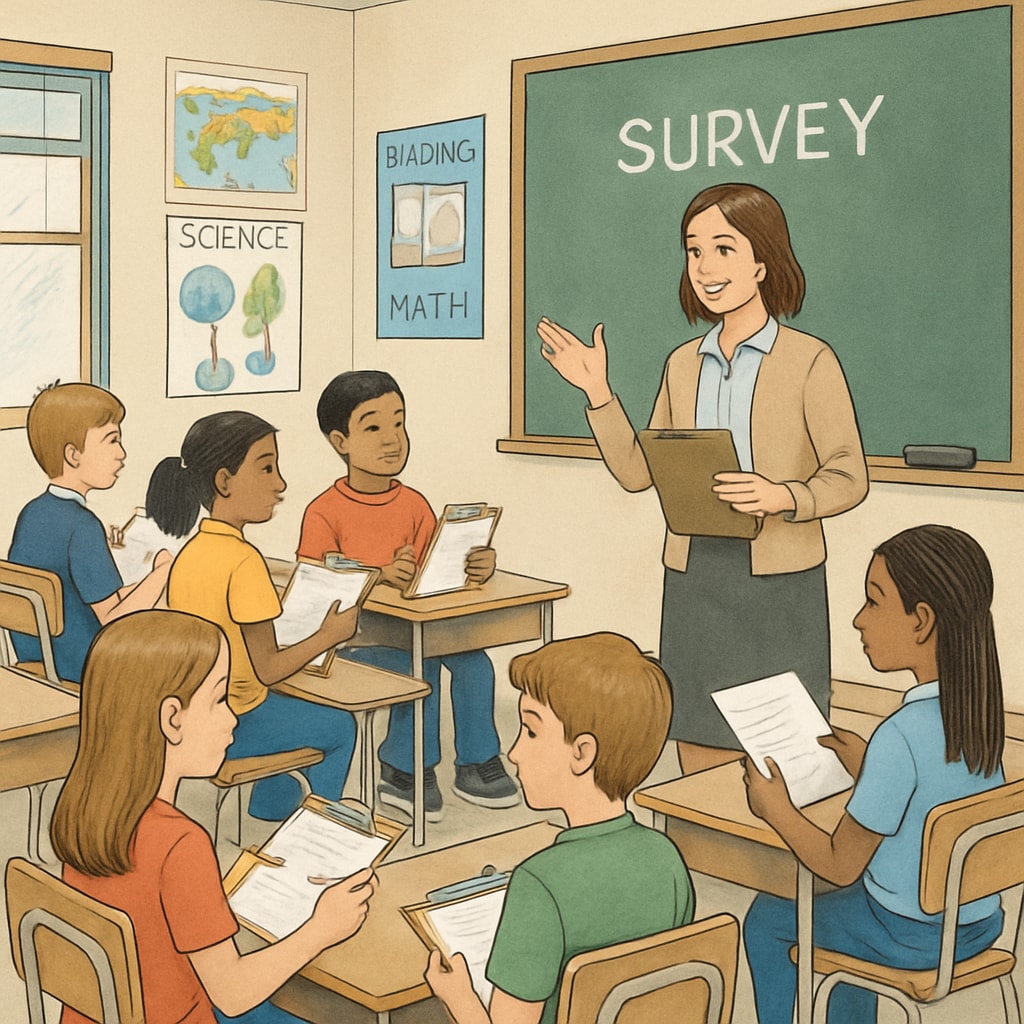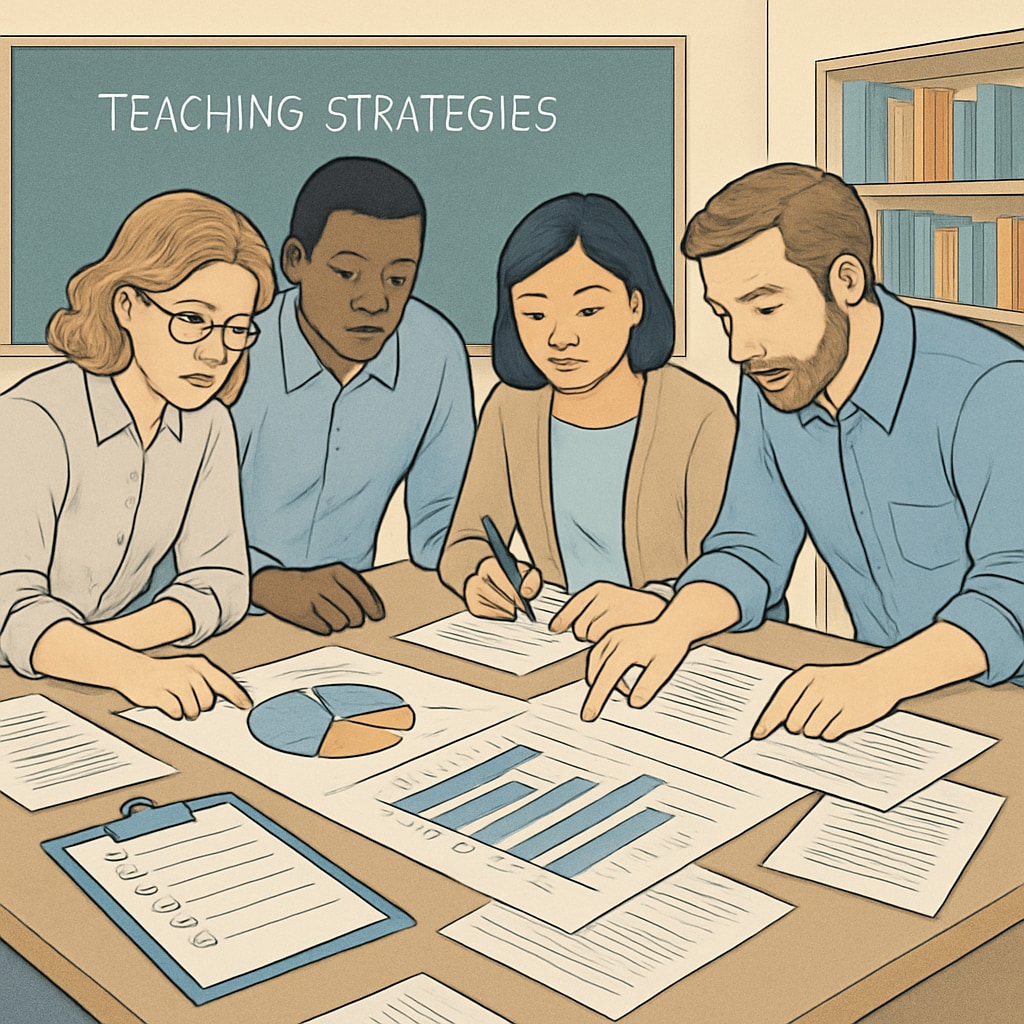Understanding and improving how students learn has always been a cornerstone of effective education. A research survey on learning methods is an invaluable tool for identifying the needs of K12 students, analyzing current challenges, and tailoring teaching strategies to foster lifelong learning. By utilizing well-designed questionnaires, educators can gain insights into the habits, preferences, and obstacles faced by students in various learning environments.
The Importance of Research Surveys in Understanding Learning Methods
Research surveys are instrumental in providing data-driven insights into student learning. While traditional teaching strategies often rely on assumptions, surveys offer concrete evidence that allows for more personalized and effective approaches. For example, understanding whether students prefer visual aids, interactive activities, or independent study can help educators design lessons that resonate with their audience.
Moreover, these surveys also highlight systemic issues that may hinder learning, such as unequal access to resources or outdated teaching practices. By addressing these barriers, schools can create a more equitable learning environment.

Common Challenges Identified by Learning Surveys
Through learning method surveys, several recurring challenges have been identified:
- Lack of engagement: Many students struggle to stay focused due to teaching methods that do not align with their learning styles.
- Overemphasis on rote learning: Memorization-based methods often fail to encourage critical thinking and problem-solving skills.
- Inadequate resources: A lack of access to modern tools, such as digital platforms, can hinder learning efficiency.
- Time management issues: Students frequently report difficulty balancing schoolwork, extracurricular activities, and personal time.
Addressing these issues requires a collaborative effort from educators, parents, and policymakers. For instance, integrating technology into classrooms and offering time management workshops can significantly improve student outcomes.
How Surveys Shape Future Educational Practices
The data collected from learning surveys not only benefits students but also informs broader educational practices. For example, schools can use survey results to:
- Develop targeted teacher training programs.
- Introduce diverse teaching tools, such as gamified learning apps or virtual reality experiences.
- Adjust curricula to focus more on critical thinking and creativity.
- Monitor the effectiveness of implemented changes over time.

For a deeper understanding, exploring case studies related to effective learning methods can be beneficial. For example, Active Learning on Wikipedia provides an overview of strategies that promote student engagement. Similarly, Constructivism on Britannica sheds light on how students actively construct knowledge rather than passively receive information.
Conclusion: The Future of Learning Through Research
In conclusion, a research survey on learning methods helps bridge the gap between traditional teaching techniques and modern learning needs. By identifying key issues and implementing data-driven solutions, educators can create a more enriching and inclusive environment for K12 students. As a result, students are not only better prepared for academic success but also equipped with the skills to navigate a rapidly changing world.
To ensure lasting improvements, it is essential to conduct regular surveys and adapt strategies based on evolving data. The road to effective education is an ongoing journey, and research surveys are a critical step in the right direction.
Readability guidance: This article uses short paragraphs and bullet points to improve readability. Transition words like “for example,” “in addition,” and “as a result” ensure smooth flow, while active voice is prioritized to maintain clarity and engagement.


